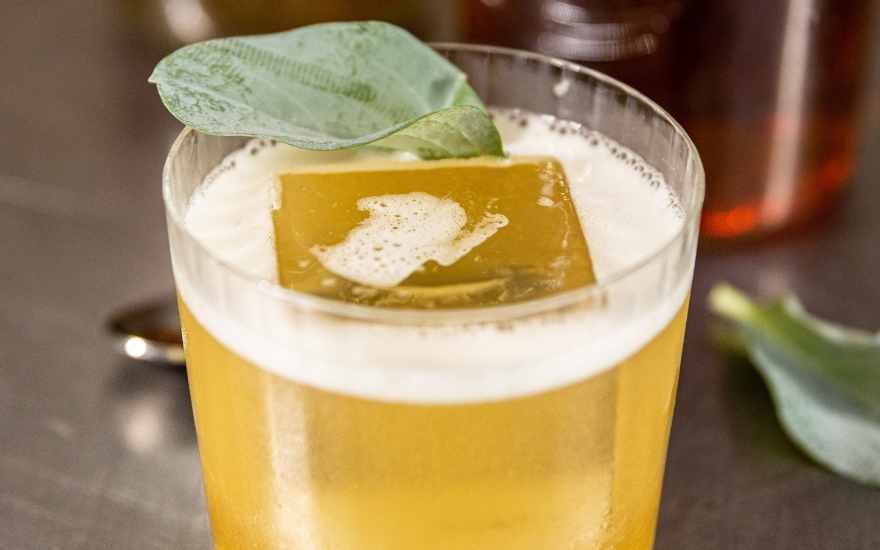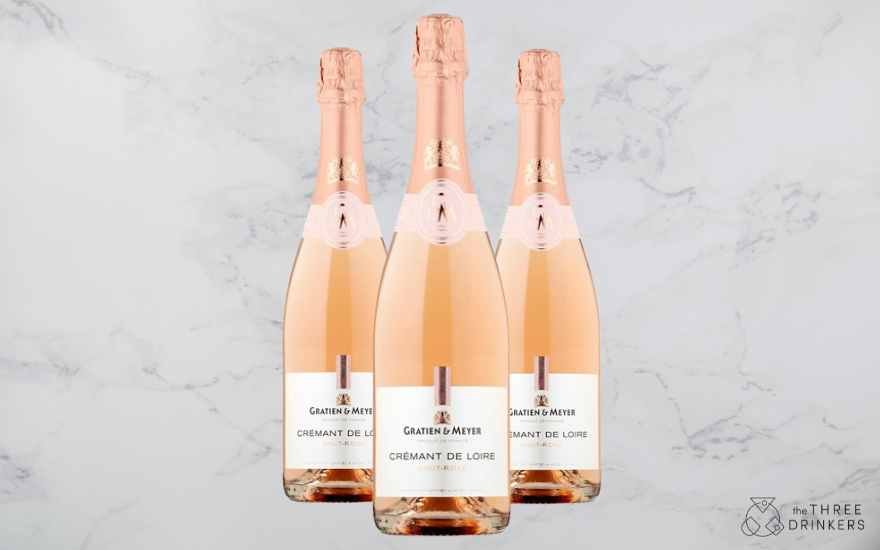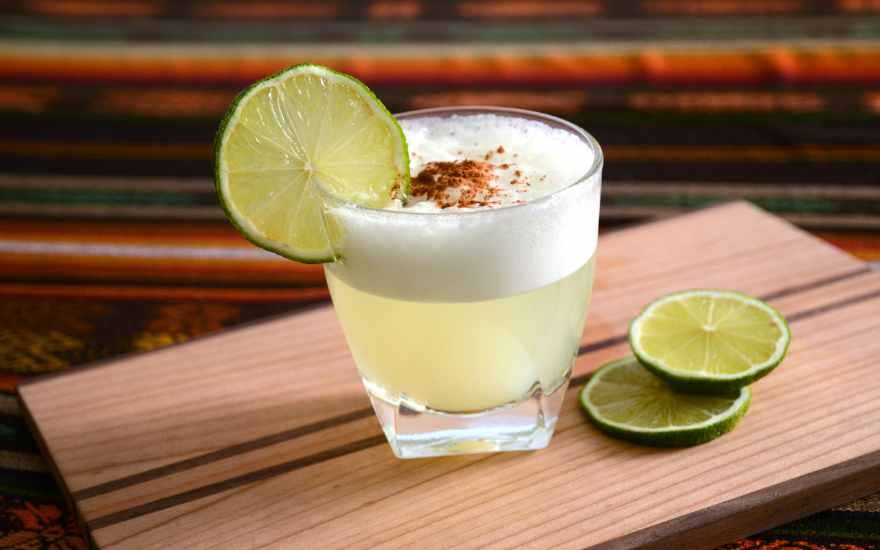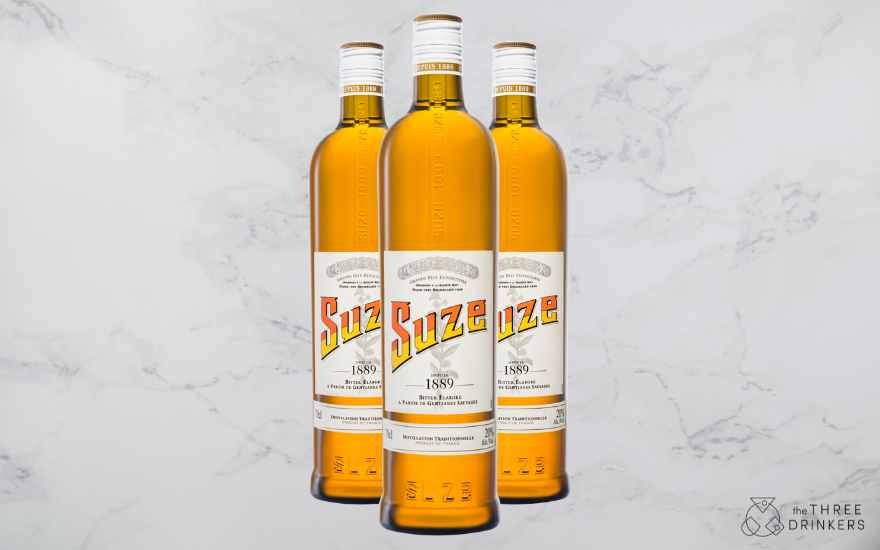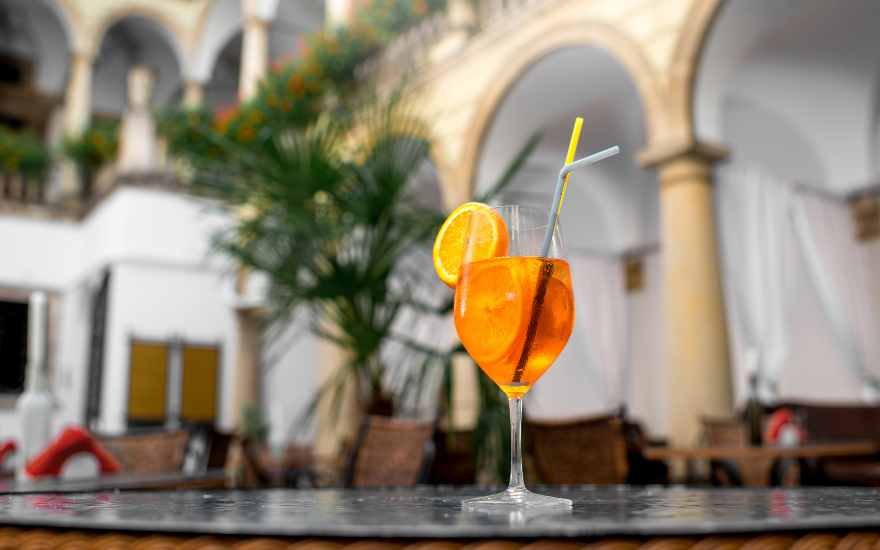The Whisky Sour has been reimagined countless times, so when Naked Malt picked out the five winners of its Live Naked Bar Swap, you know the cocktail recipes are something special.
Winners from France, Denmark, Taiwan, the Netherlands, and South Korea rose to the top of the rigorous three-stage competition, reinterpreting a Naked Whisky Sour in unique and special ways. The winners will now swap bars and continue their mixology journeys.
The only ingredient the winning cocktails have in common is the award-winning whisky itself, Naked Malt – a blended malt matured in first-fill Oloroso sherry oak imparting rich fruits and soft spice. The recipes below are, as expected, a little more complex than usual, but if you’re feeling brave then why not have a go? Or experiment with your own riffs using local ingredients… that’s what these bartenders did, and now they’re winning international competitions!
Cuckoo Bar, Taiwan – The Naked Feast
Opposite Chihkan Tower in Tainan, Cuckoo Bar is a clock-themed bistro focusing on classic and creative cocktails. Their winning cocktail, The Naked Feast, is inspired by the young people of today returning to their hometowns and farming, particularly in remote villages. Various local teas, grapes and flowers provide deep, rich, and completely unique flavours. It might be a challenge to recreate at home, but how about your own version?
Ingredients
40ml Naked Malt
20ml daylily flower-buds flavoured whisky
15ml grape leaves sour mix
15ml fresh lemon juice
10ml simple syrup
daylily foam topping
Method
To make the flavoured whisky, combine 10g of dried daylily with 100ml of Naked Malt and sous vide for 15 minutes on a low heat. Add all the liquid ingredients to a cocktail shaker and follow with ice. Shake well and strain into your glass. Finally, top up with flavoured foam and you’re all done.
Fitz’s Bar, Amsterdam – Naked Champagne Sour
This upbeat speakeasy sanctuary provides incredible views from within the Pillows Hotel in the Dutch capital. They’ve combined the sweeter sherry notes of Naked Malt with razor Champagne acidity and warming tonka bean syrup. If you’ve never had tonka bean syrup, it brings a vanilla and roasted caramel flavour so the balance between everything here sounds delicious.
Ingredients
60ml Naked Malt
25ml Champagne acid
25ml super tonka syrup
2 dashes saline solution
Oyster leaf (garnish)
Method
All the work has been done, so combine everything in a shaker, strain and pour. Channel a master bartender when delicately poising your oyster leaf garnish and you’re good to go.
The Cambridge Public House, Paris – Naked Beets in Wonderland
As hinted at by the name, The Cambridge is built on the idea of the great British pub, with simple interiors and laid-back service. Behind this disarming image though is exceptional food and drink, hence the prestigious reputation. They’ve gone in a slightly difference direction with a focus on seasonal, local produce, reused ingredients, and a stirred and emulsifier-free Sour. Local beets are stewed in reused coffee for example. Eco-friendly, inventive, and crucially, divine.
Ingredients
40ml Naked Malt
30ml beets & reused coffee cordial
2.5ml Noix de la St Jan liquor
5ml walnut vinegar
5ml verjus
10ml Oloroso sherry
coffee meringue (garnish)
Method
As we mentioned no shaking, so add your cordial, your tiny dash of Noix de la St Jan, the walnut vinegar, verjus, sherry, Naked Malt and finally, some ice. Give everything a good stir and if you want to recreate it exactly, finish with a coffee meringue on top.
Ruby, Copenhagen – Small Connections Sour
Ruby in the Danish capital boasts two styles – a modern Scandinavian front room, and a darker lounge behind that. It’s become quite the hit with cocktail connoisseurs, and this creation is as seasonal as it gets, with honey, fungus, and apple. Apple and honey are blended and matured for a week, Whey, as the acidic by-product of yoghurt brings balance before everything is shaken. Crisp, aromatic, rich, earthy, and packed full of flavours.
Ingredients
40ml Naked Malt
20ml whey
15ml mushroom danica
15ml black apple honey
5ml blackberry vinegar
5ml apple skin
Method
Give it a quick and strong shake. Strain over an ice block. Then it’s finished with a cute little glazed cocktail apple.
Zest, Seoul – When the Persimmon’s Naked
The maestros at fine-dining Bar Zest looked at Naked Malt’s rich fruits and paired those flavours up with persimmons. In Korea, there are many of these trees and when they’re left out in winter, they become dried. But if they’re taken inside, they soften. When spring comes around, fermentation begins inside the persimmon’s clay jar (the dok). This interesting recipe uses all forms of persimmon, which has a unique flavour – a silk, rich and tangy mix of mango and peppers. Isn’t it a thing of beauty?
Ingredients
50ml Naked Malt
25ml Jeju tangerine juice
37.5ml Kombu Fermented Persimmon
25ml Soft Persimmon Compote
Dried Persimmon (save some for garnish)
Method
This is another recipe where all the hard work is getting the ingredients. Shake everything with ice and garnish with dried persimmon.
For more whiskey sour recipes, check out our guide here!



